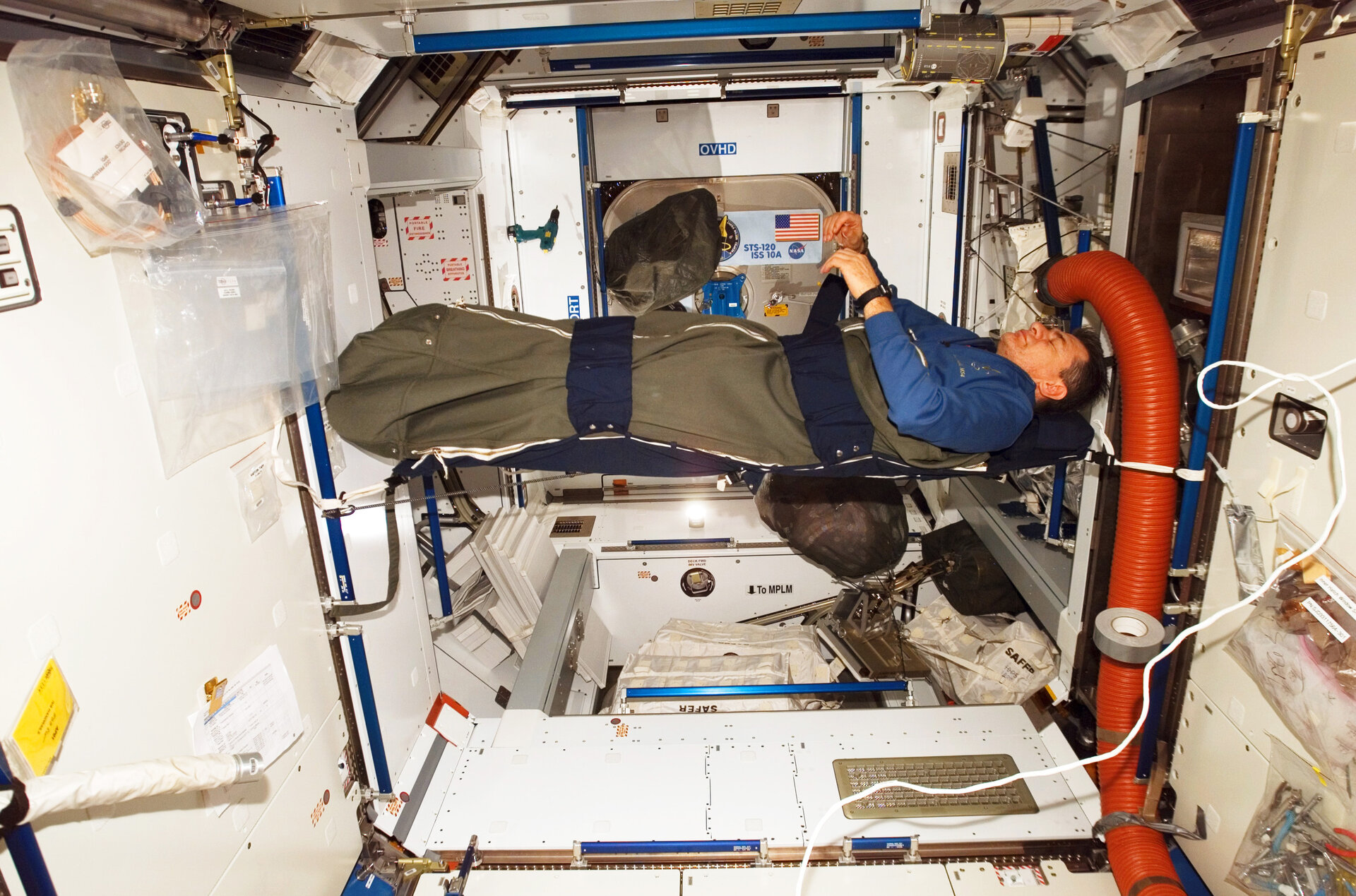ESA is researching human hibernation for long distance spaceflights to Mars and beyond. Hibernating astronauts could be the best way to save mission costs, reduce the size of a spacecraft by a third and keep a crew healthy on their way to Mars.
Hibernation in space is close to torpor. This is an induced state that reduces the metabolic rate of an organism. It is a common mechanism in animals who wish to preserve energy. By doing so the animals can survive long periods of cold weather, draughts, and even storms. The ESA science and exploration research programme SciSpacE together with ESA’s Advanced Concepts Team has been studying inducing torpor in non-hibernating animals to understand the effects of hibernation. They performed research with rats and photon radiation and found that during torpor their liver and testicles are protected from radiation damage.
‘Currently, in collaboration with Japan, we found that synthetic hibernation or torpor on rats has protective effects following heavy ion radiation. Our current study showed a significant increase in survival and show radiation protection in some organs.’ – Anggraeini Puspitasari. Post Doc Biophysics / Clinical Radiobiology, GSI Darmstadt.
Hibernation is usually associated with cold temperatures, but there are examples of primates that hibernate in hot climates, like the dwarf lemur from Madagascar. How their nervous system reduces metabolic activity during torpor is still unknown. However, many of the organs that regulate metabolic activity are controlled by nerve cells located in an area of the brainstem that control the production of heat in mammals. To goal is to find out the molecular basis of this state to enhance the research on human hibernation.
‘From all the knowledge we gathered from animal research and experimental research, the way the bear hibernates might be well suitable for humans to enter torpor in a wave type fashion. It may take a couple of weeks to enter torpor, then a pharmacological intervention might be needed. After a period of 5 to 7 months of torpor, we need to recover and get back to normal activity by exercise to be then really ready to land on the planet Mars.’ – Alexander Choukér, head of research laboratory ‘Stress and the immune system’, Munich University.

Inducing torpor is not only researched for long duration space travel, but the benefits are already used in some medical environments. Mimicking therapeutic torpor, the idea of putting humans into a state of hibernation, has been around in hospitals since the 1980’s. Doctors can induce hypothermia to reduce metabolism during long and complex surgeries. However, this is not an active reduction of energy and misses most of the advantages of torpor. The studies on hibernation to visit other planets could offer new potential applications for patient care on earth. In the surgical theatre it can be used to replace anaesthesia in those patients allergic to anaesthetic drugs. There is a strong potential for an even wider range of applications. Inducing torpor and hibernation in humans could improve survival rates for heart attack and violence victims. For example, making use of extreme cooling will buy time for surgeons to fix patients whose hearts have stopped after a stabbing or shooting.
Facts and figures
- Hibernating astronauts could reduce the size of a spacecraft by a third.
- Reduce negative impacts of anaesthesia.
- Increase resilience during transplant surgery.
- Prevent muscle wasting and osteoporosis in people with limited mobility.







